Bom dia! At current we’re in San Sebastian Spain in a whirlwind portion of our travels and the blog is lagging a few months behind. Since you last heard from Piper in Serbia/Montenegro we took a quick breather in the states for a wedding and some family time before heading back overseas to Portugal. Here it is!
The first week in Ericeira, Portugal was similar to the first week in our other stops. We start from close to scratch, never knowing how many essential items our rental may be missing or what exactly our lifestyle will provide and demand of us. So the first few days are filled with an exhausting amount of decision making, sometimes with the added drag of jet lag. On the flip side, there is no shortage of energy when something that has existed in your mind for months is suddenly your 24/7 reality. All we’ve been told to expect and look forward to - the foods to try and the snippets of language we’ve practiced, it’s all in our hands and the excitement borders on euphoria. Our emotions these first few days undulate wildly between these poles and we do our best to insulate the rest of our lives.
This uncertainty always wanes quickly and is replaced by an enviable task - shaping our lifestyle to our surroundings. Almost immediately upon setting eyes on the moody cliffside beaches we knew this would be our center - the place we organized our time and effort around. So we went to a junky store and bought a cooler, icepacks, beach chairs, a cutting board, a knife and a wine key and vowed to swim in the ocean every day we were in Portugal. Driving <10 minutes from Ericeira, you can get to a dozen beaches. We found any excuse to go, most consistent was our practice an hour before sunset of setting up shop to watch the sun sink into the sea. Beach going dominated almost every plan we made, and never once disappointed. Our most memorable outing may have been a trip to the coastal reserve south of Ericeira where, in classic fashion, I lead a treacherous climb down to Ursa beach where we were rewarded by jaw dropping vistas and rock formations.
Once a sleepy fishing village, Ericeira is now a surfing town. There are protected surf breaks lining the coast both directions from town (and in town), surf schools everywhere and of course, scores of sun-kissed, unkempt, van-dwelling surfers bumbling about without a care in the world. Surfing in Ericeira was ridiculously fun, and after my first attempt I pursued it with feverish obsession. Usually around 7pm I’d WhatsApp my friends at Surf Riders Ericeira and get the details on where we’d be meeting tomorrow and what the conditions would likely be. Then in the morning we’d meet at their trailer where I’d rent a board and wetsuit and meet the group I’d be surfing with that day. Going with a surf school was critical to my success on the waves. Not only is the technique extremely nuanced, but the basic decisions of when and where to go require experience reading forecasts and with the idiosyncrasies of the local breaks. Surfing tested me physically. In an attempt to train before arriving in Portugal I’d done some swims, but I may as well have trained for a marathon by driving 26 miles. Swimming in calm water is a pathetical approximation of fighting through an onslaught of waves with a 7 foot floatation device in tow, and the closest sports analogy I can conceive is Jiu Jitsu, where you aren’t so much exercising as fighting for your life. Surfing also posed a mental challenge. There’s immense focus required to keep all the technical bits in front of mind, and a crucial subjective element of reading the waves. But every wave I paddled for, whether missed, crashed, or ridden into shore, was an opportunity to take a step forward. I was good-naturedly scolded and ridiculed by my surfing coach Miguel, who resembled a caricature of all surfing stereotypes dialed to 11. Piper joined a handful of lessons and was unsurprisingly a natural.

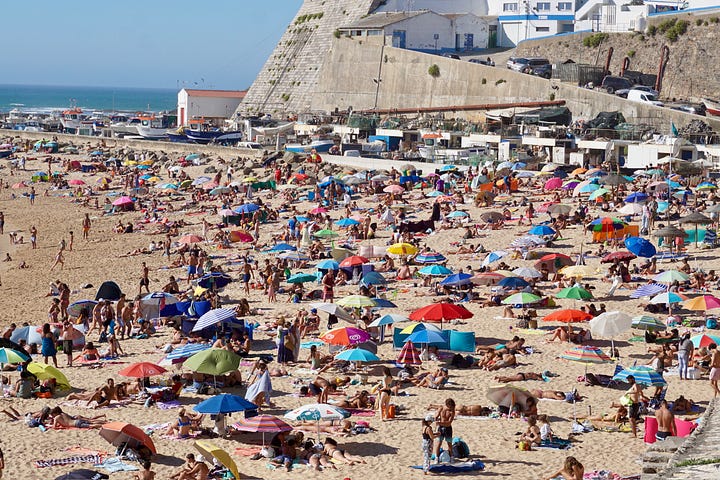
We spent a total of 4 days in Lisbon and Porto, and either city could have kept us occupied for much longer. Lisbon was strikingly similar to San Fransisco in many ways - we trekked up steep hills and basked in temperate, foggy weather, watched the trolley cars screech past and spotted its iconic suspension bridge. An undesirable similarity between the cities is their history of catastrophic earthquakes, and in 1755 Lisbon suffered one of the most extreme in world history and was profoundly reshaped. We learned many interesting and morbid tidbits, for instance how the low lying Baixa neighborhood without solid bedrock was completely leveled then flooded by a 30 foot tsunami only to be rebuilt with most victims never excavated, and many preserved remains are still found during construction projects. This was part of a history tour we were given by a family friend Douglas, and it’s without a doubt the most interesting tour I’ve ever been on. Douglas is an expert in art history and a master of tracking down source material, and has a particular interest in the ancient Jewish populations of modern day Portugal. One stop was the Carmo Convent, a massive arch-roofed building built into the cliffside that miraculously withstood the quake but whose roof collapsed. It now stands as an eerie open-air museum of artifacts. Through its blemishes and irregularities Douglas told us narrative histories of the building, such as the architectural ingenuity of two low-level laborers that allowed the building to remain standing despite tilting off the edge of the cliff - a primitive use of rebar. We were also treated to rich histories of the artifacts within. One striking example is a massive stone plaque inscribed in Hebrew denoting the gratitude of an ancient Rabbi towards a Portuguese statesman who guaranteed the security of his synagogue. Eventually Judaism was outlawed and the temple was deconstructed, so the plaque was transported to Lisbon and used to pave a city road until centuries later a municipal worker uprooted it and the inscription was discovered. It was then displayed in Carmo Convent and subjected to the elements until Douglas saw it, read the Hebrew and fleshed out the historical context, then persistently lobbied the museum to move it to an indoor space for preservation. He succeeded (though it was initially displayed upside down) and the plaque and the winding story it tells can continue to be told for the time being.
Our time in Porto took on an unintended theme of architecture. Blue and white Azulejo tiles are emblematic of the Iberian Peninsula, and we mapped out a route through Porto’s most famous displays. Along the way we stepped into the Banco de Materiais, a small museum that has archived and housed centuries of overstocked tiles. Should you live in a building with a historic tile facade Banco de Materials will provide you with tiles to repair your building without relying on imitation tiles, free of charge. It’s one of those small but mighty organizations that keeps a city’s living history from being diluted. We also explored the work of Porto’s most renowned modern architect Álvaro Siza Vieira. After seeing an exhibition on his work at the quirky and expansive Serralves Museum we began to spot the fingerprints of his elegant geometric designs all over town. The most unique expression was the Piscina des Mares - a public saltwater swimming pool built into the rocky coast. The colors of the material are indistinguishable from the charcoal hued environment, and along with the cubist construction it appears among the surrounding beaches as a pixelated section that hasn’t finished rendering. Within the pool grounds we were greeted by the same vibrant umbrellas and lively beach-goers that blanketed the coast for miles in each direction, a testament to what a functional and magnetic space Vieira had created.
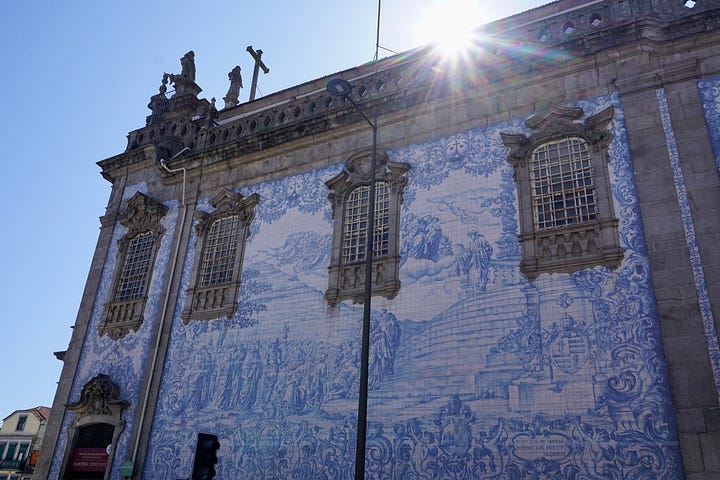
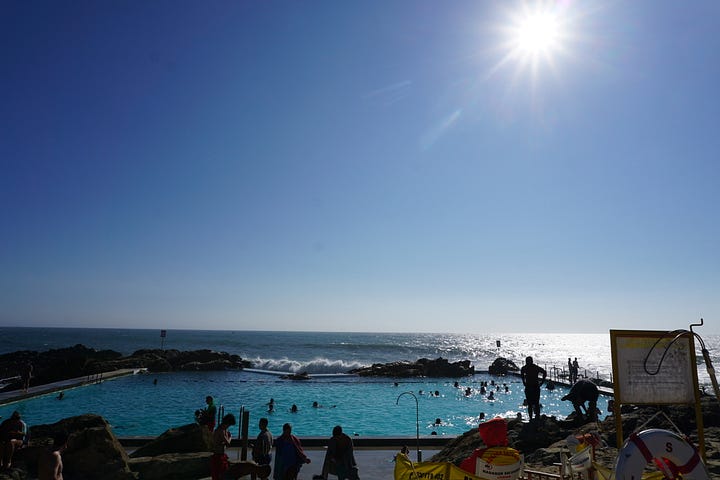
Halfway between Ericeira and Porto in Portugal’s inland hills we passed through a small hamlet called Carregal do Sal and turned up a dirt track for a few hundred yards. At the end was a shrubby property with scattered construction materials, a small trailer, and three Israelis starting a new life. One of them is my good friend Ari who I grew up with in Boulder, and the property is a realization of his dream to build a community living off the land. Away from the coast the day was sweltering and Ari treated us to a shaded coffee as we attempted in vain to catch each other up on the last 6 years since we’d seen each other. Nearby the other two residents were sweatily laboring away on the site’s first permanent installation - a toilet. The land has been unused for decades and will require years of work, but the bones are solid. There are two working wells, a few parcels of flat land, plenty of shade, a nearby town & river, and several stone ruins whose footprints can be build upon without need for a permit. We toured the property together and discussed his plans - structures, canvas tents, common areas, and a dozen or two people of all ages. Ari recounted the first 3 months on the property before his two companions - his father and a friend - had arrived. He would sleep alone in a tent and each frosty morning stare down the arduous task of reshaping the land. Later when all 5 of us caravanned to a swimming hole on the river, any memories of cold and loneliness seemed worlds away. It’s a sluggish river with warm water and sandy banks teeming with bugs and birds and fish, and we swam and bathed and picnicked and played music on the shore. Piper and I had to hit the road, and before we left Ari’s dad thanked us for the small bounty we had provided. By profession he’s a spiritual guide (for lack of a better word), so naturally he spoke in parabole - a story of a starving man who still chooses to spend half his money on a flower, something along the lines of “you have fed our body with food and our soul with music”. However true that may have been, the reciprocal was as well. Ari and his growing community nourished our spirits with their perseverance and vision, and their refusal to accept a world that forces compromise at every corner without at least trying to build a better one. Next time we visit we’ll bring a hammer along with our picnic basket.
Portugal was a dreamy stop on our tour - a place it’s very easy to imagine living long term. I’m a sporty lad and I’ve got a beachy wife so the sentiment doesn’t come as a surprise. There’s much I didn’t mention, and far more we didn’t see - the famous Algarve region, the wine-soaked Duoro valley, the monster wave at Nazare - so you can count on us finding our way back before too long. Until then, ciao Portugal, obrigado!
p.s. Portugal was possibly the most photogenic place we’ve been so we’ve got a ton of photos to share!
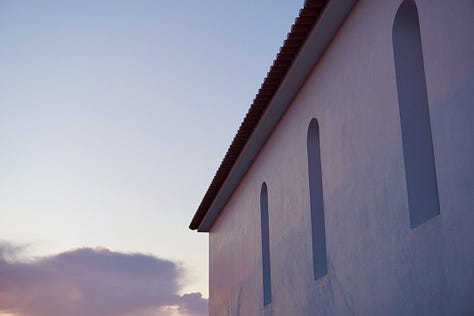
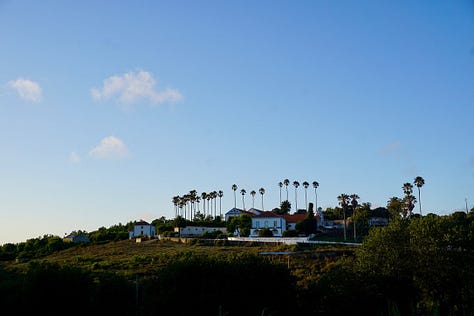

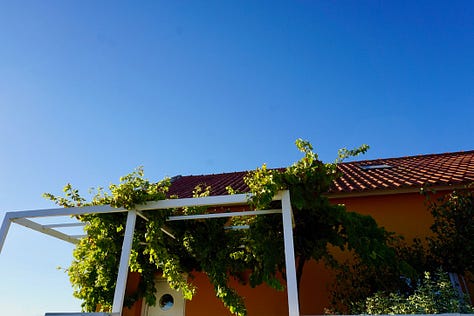
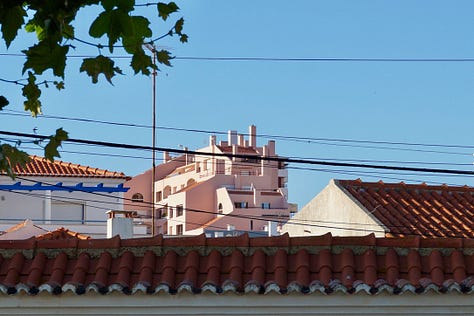
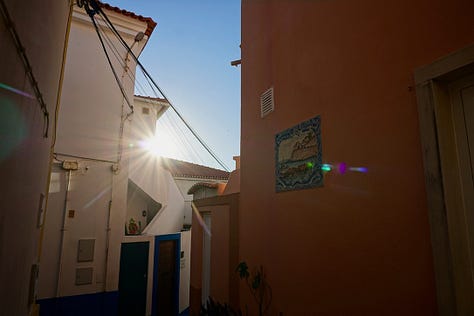
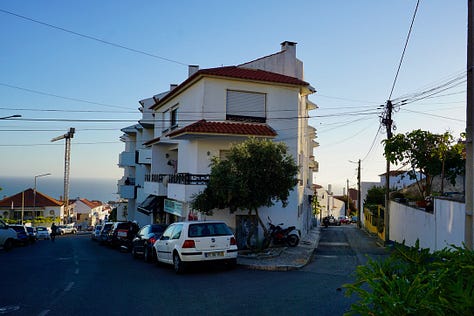
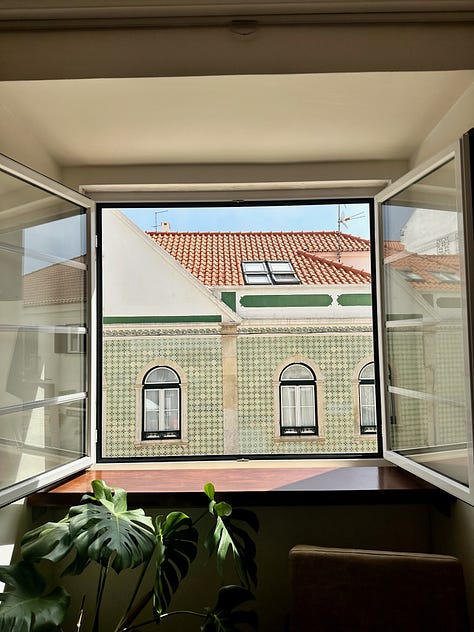
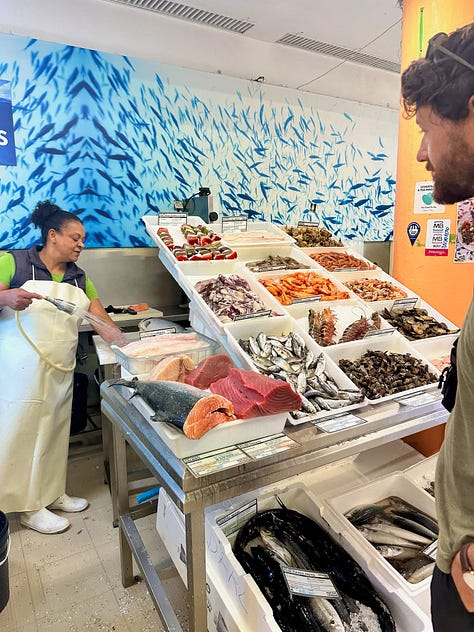
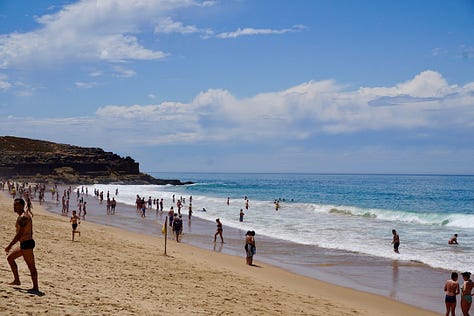
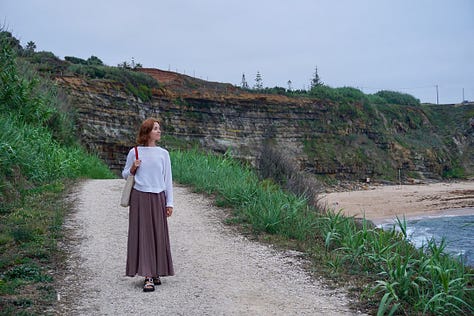
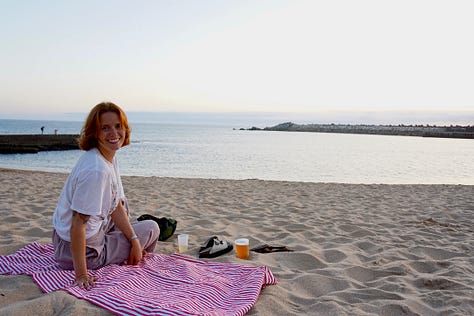
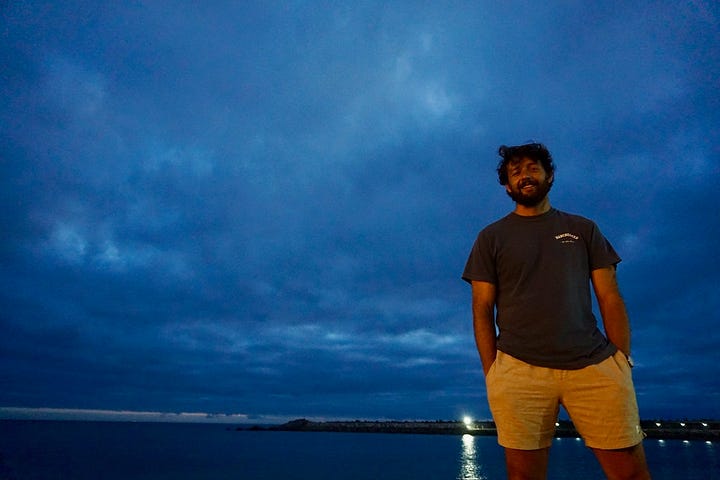
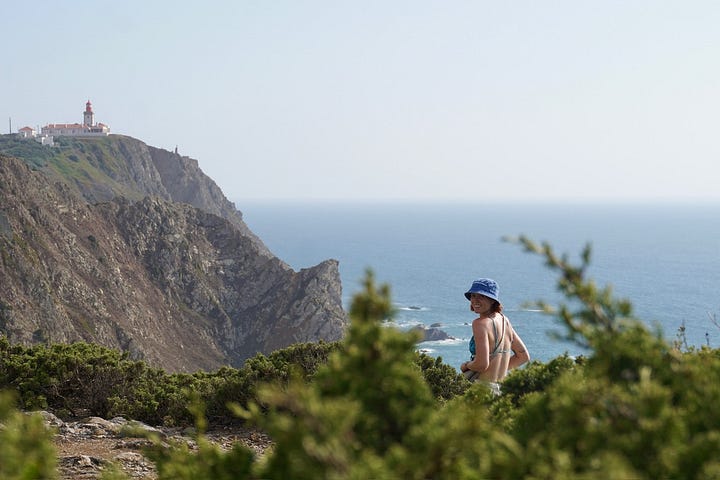
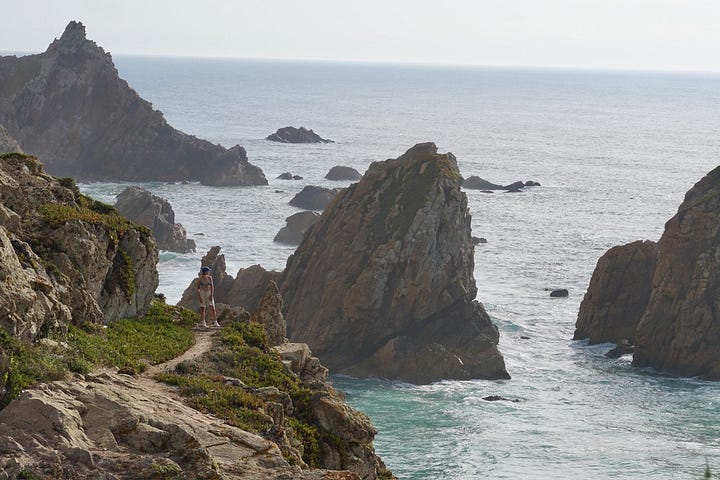
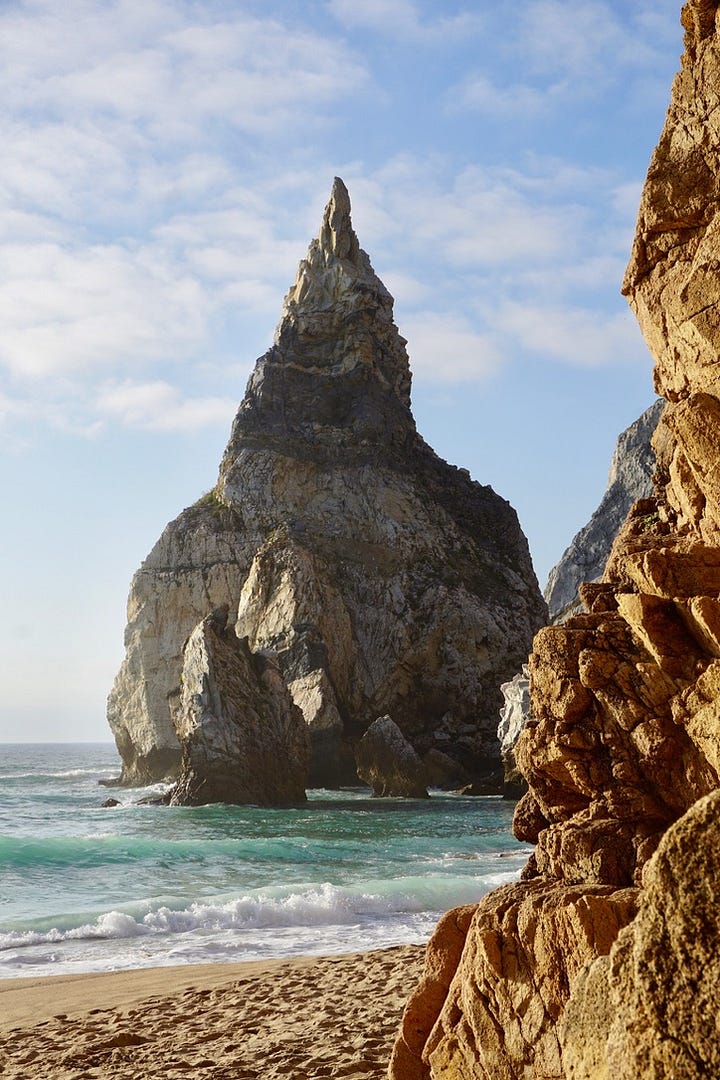
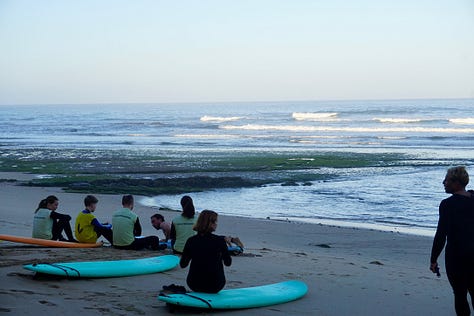
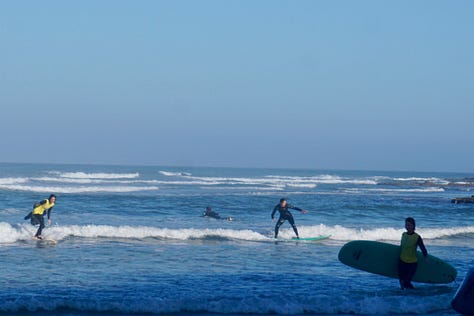
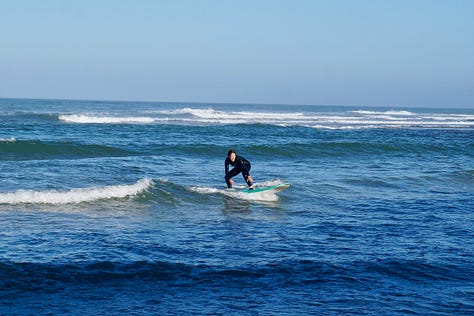
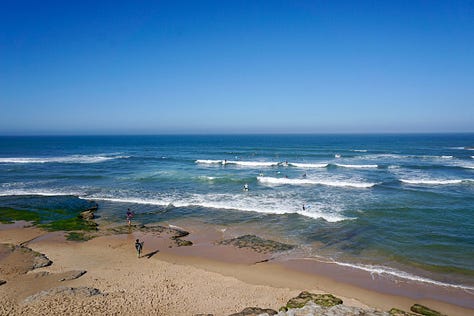
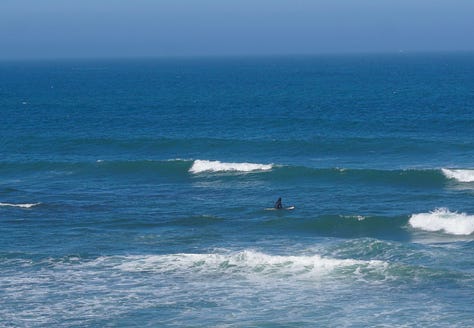
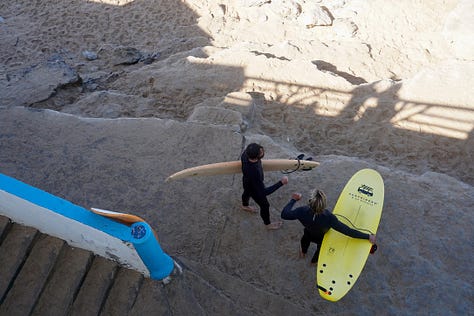
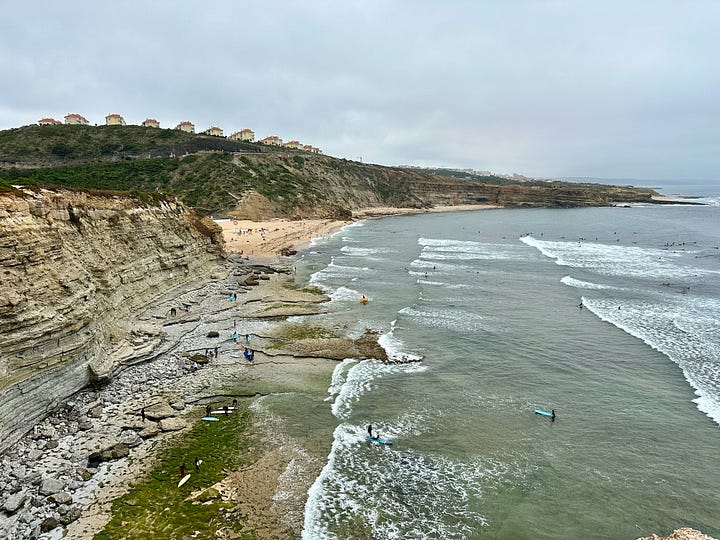
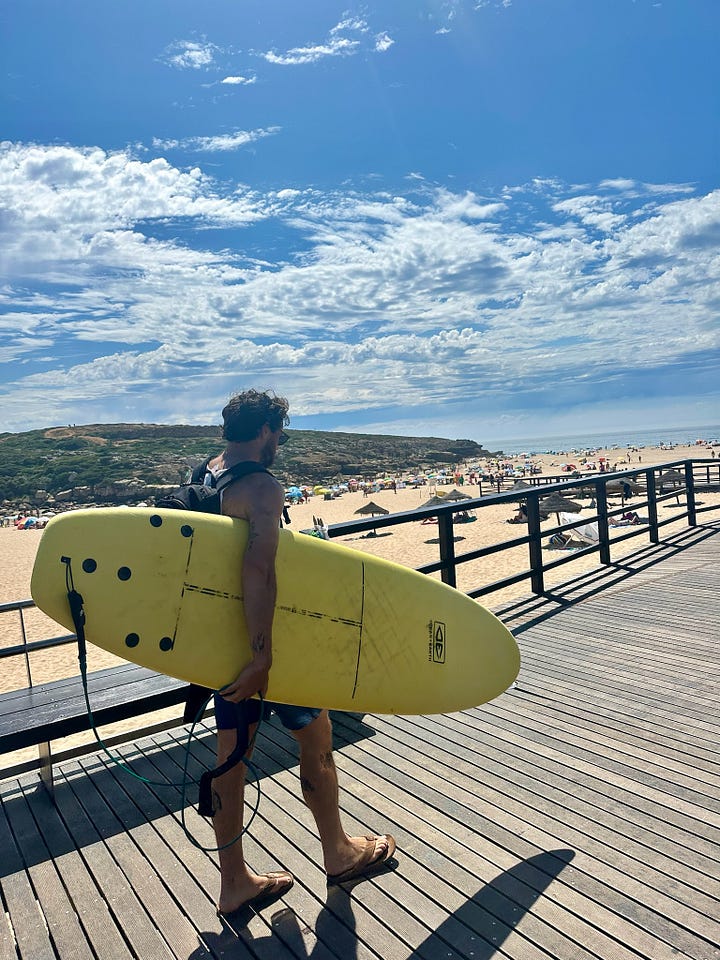
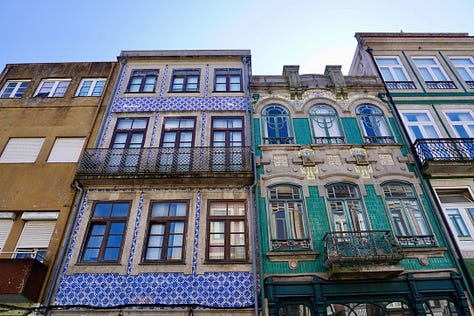
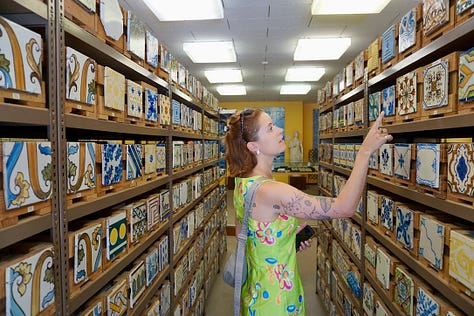
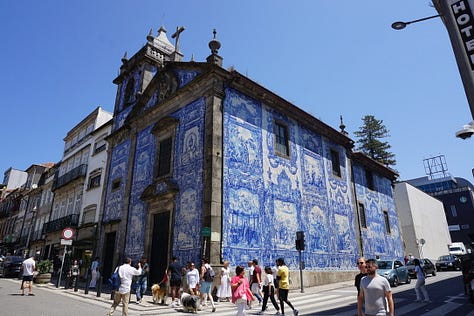
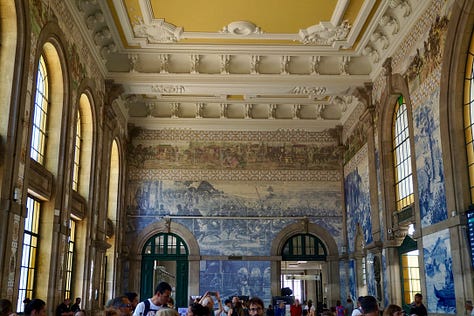
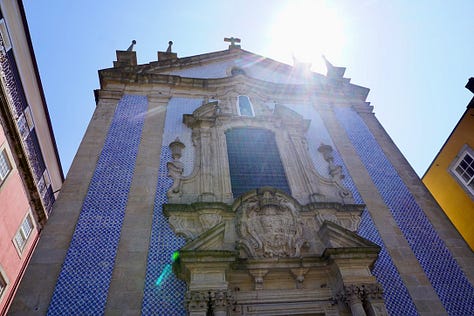

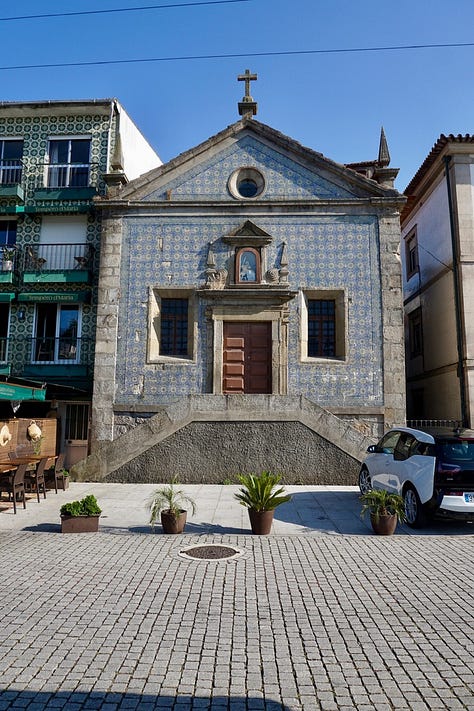
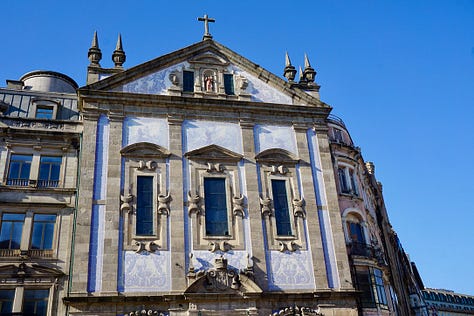
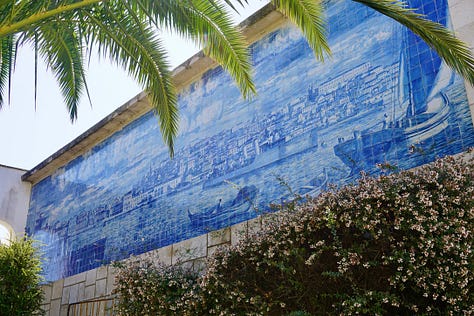

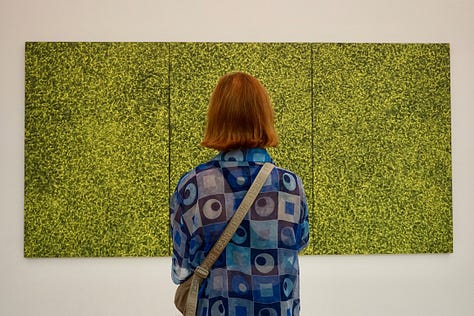
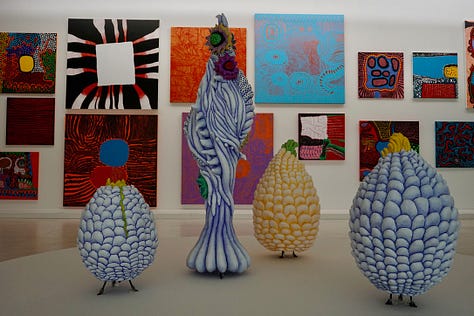
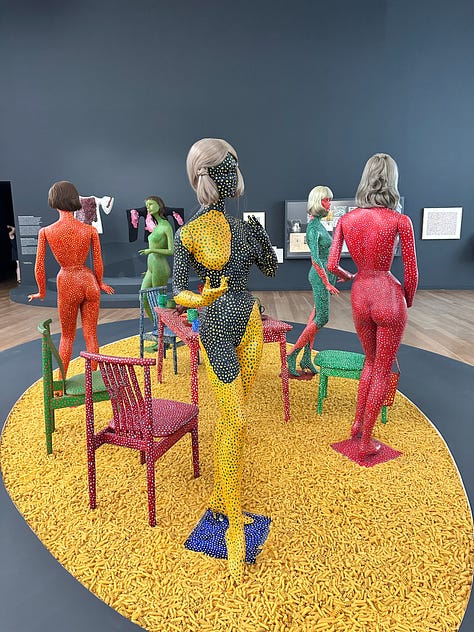

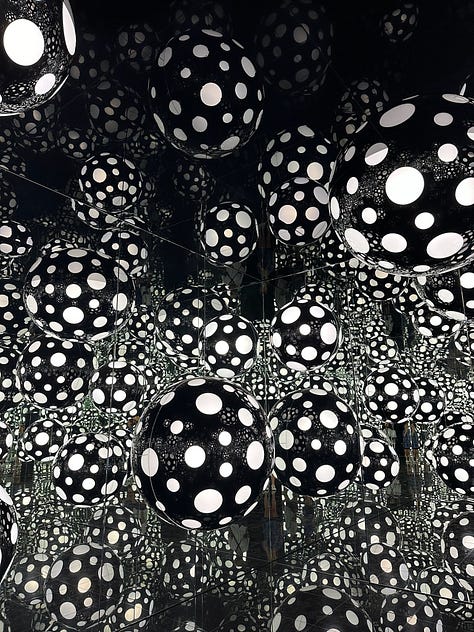
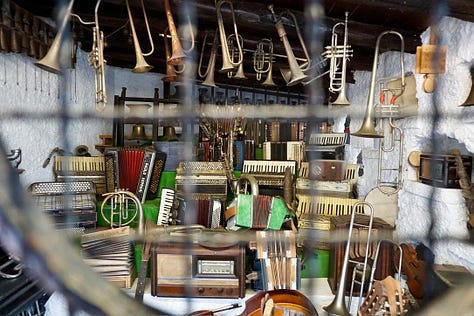
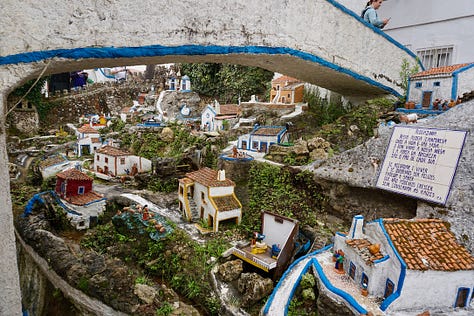
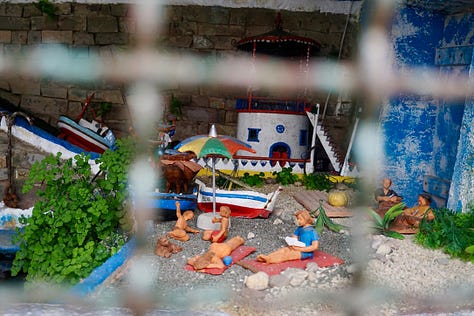
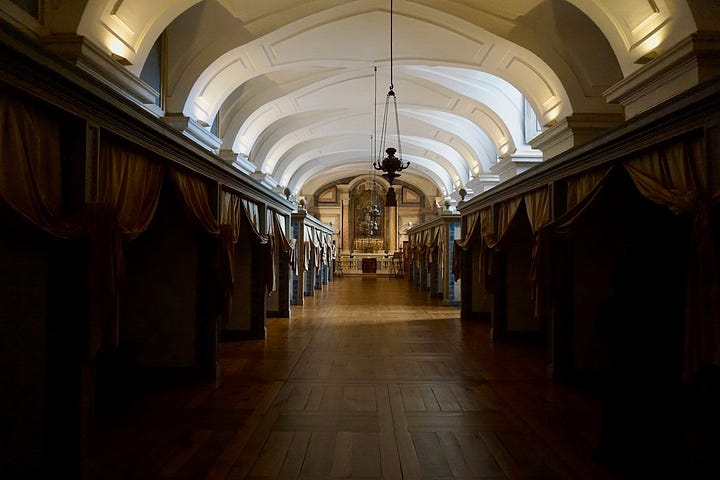
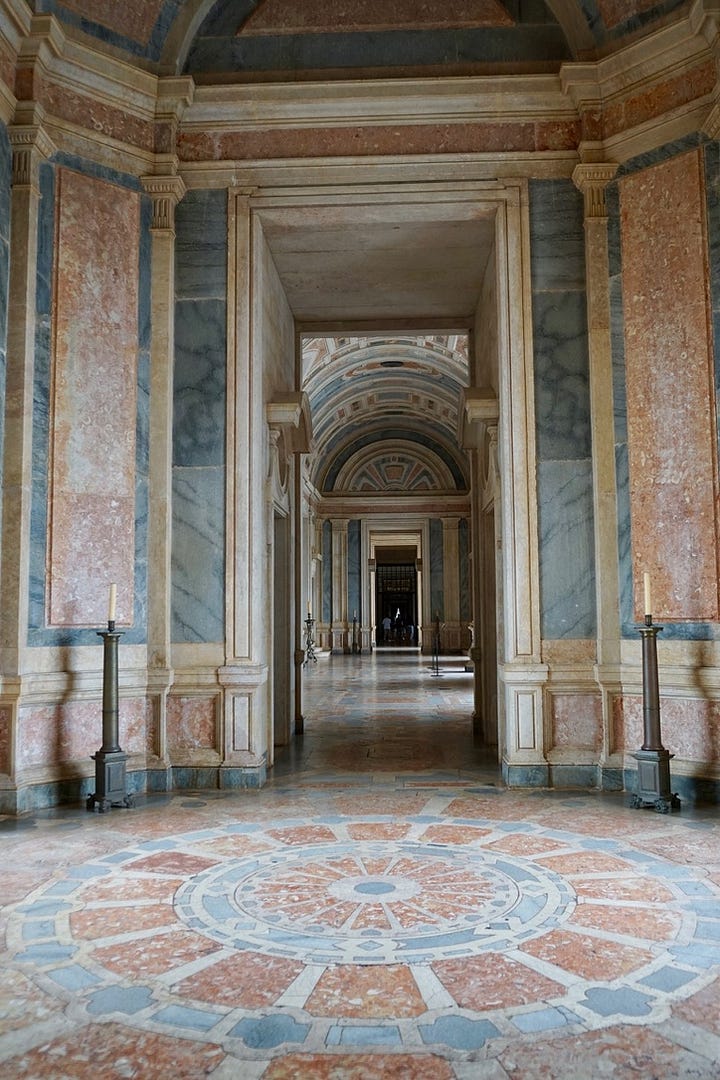


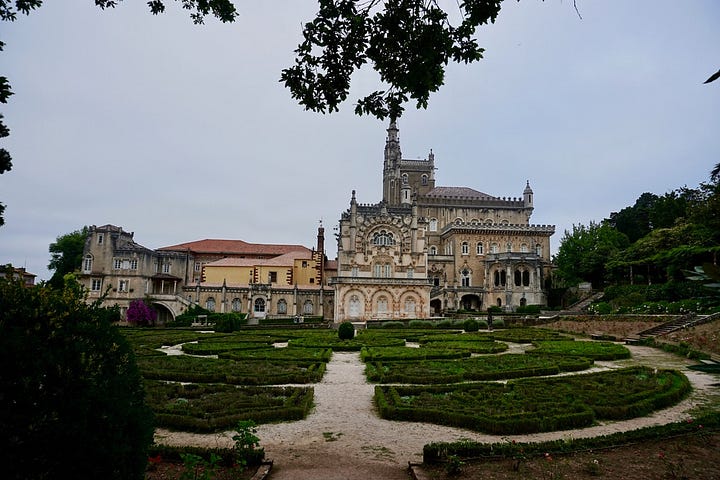
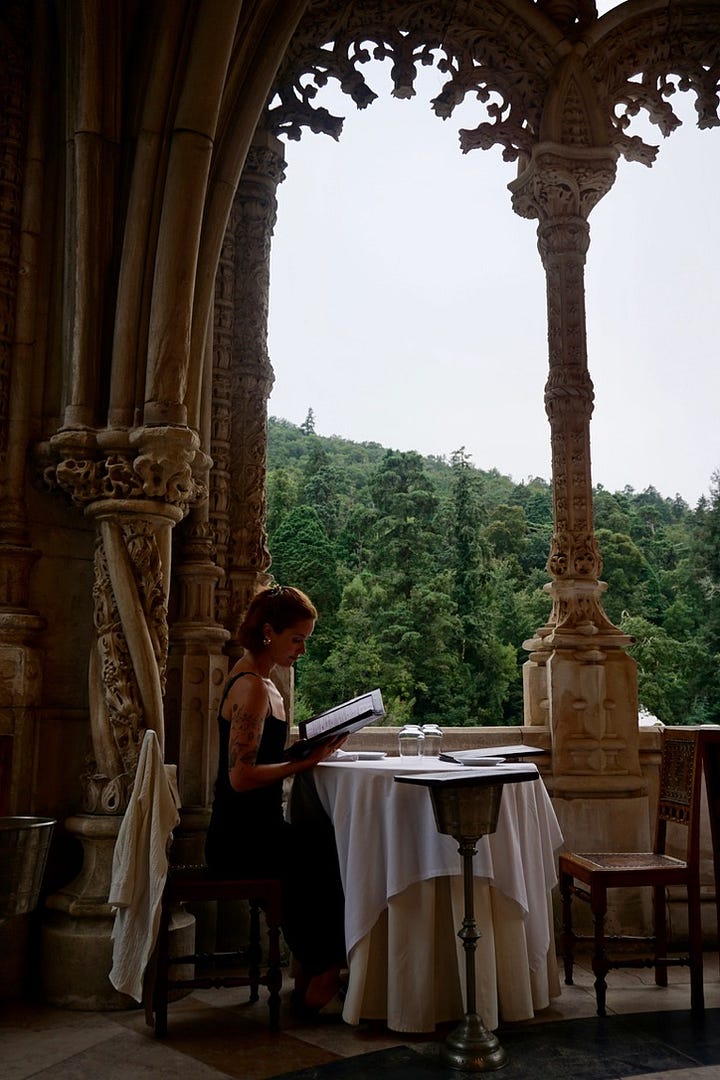
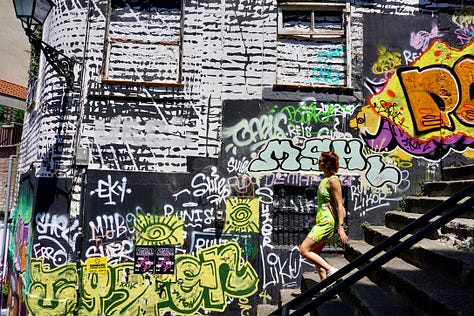
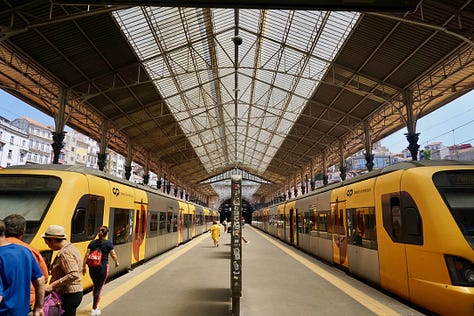
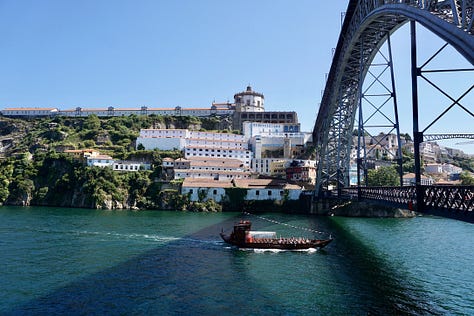
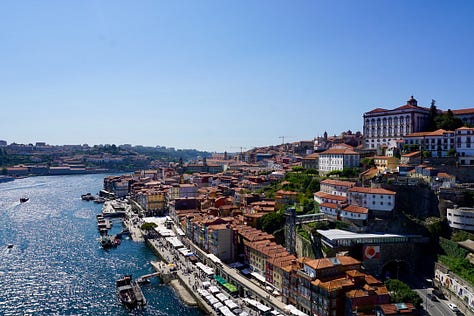
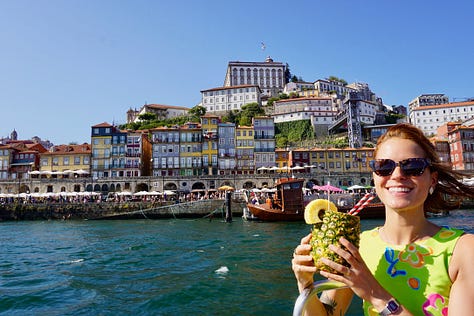
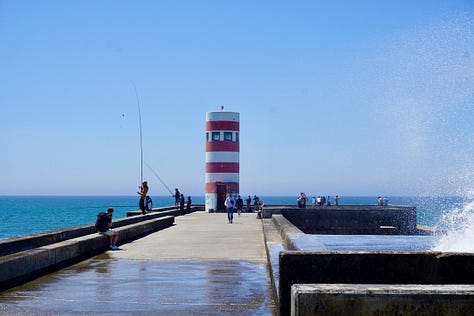
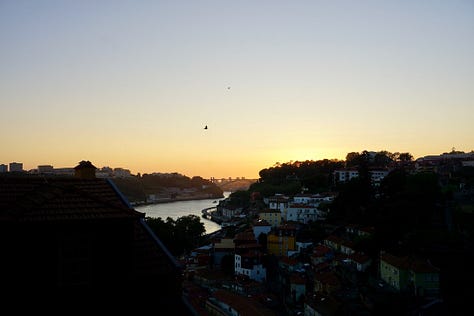
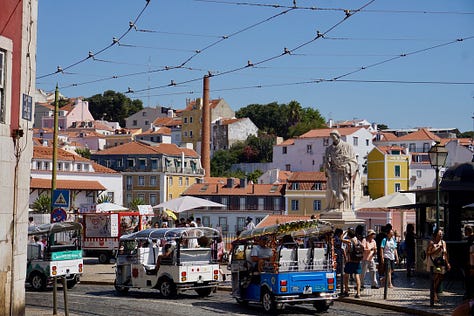

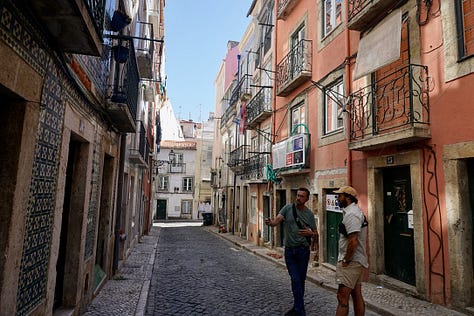
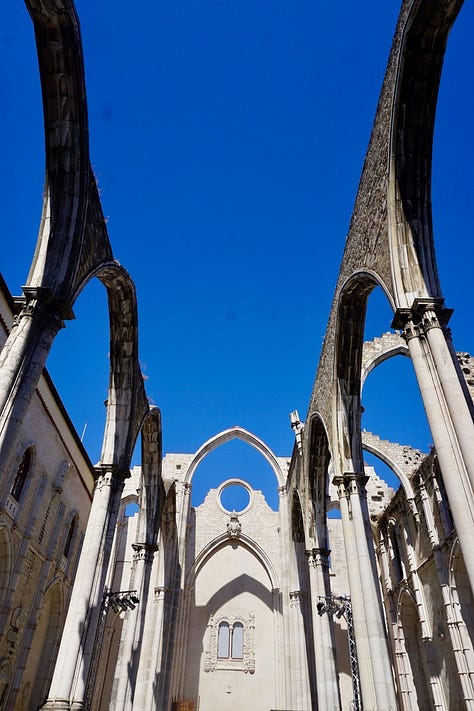
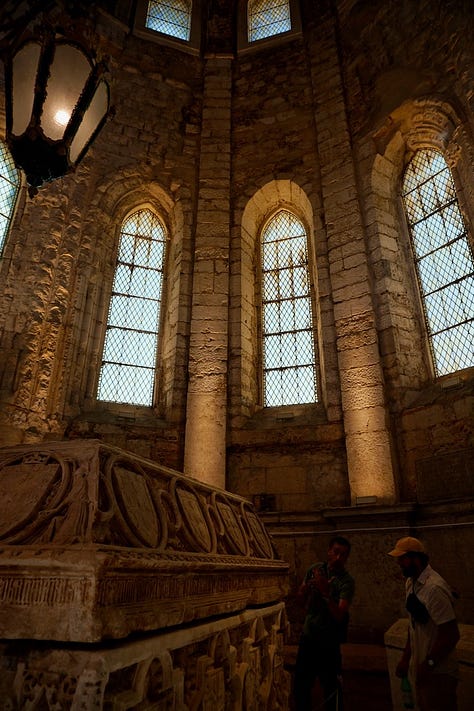

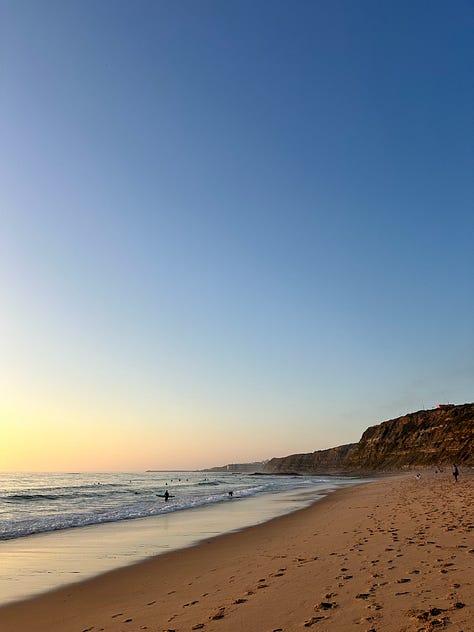
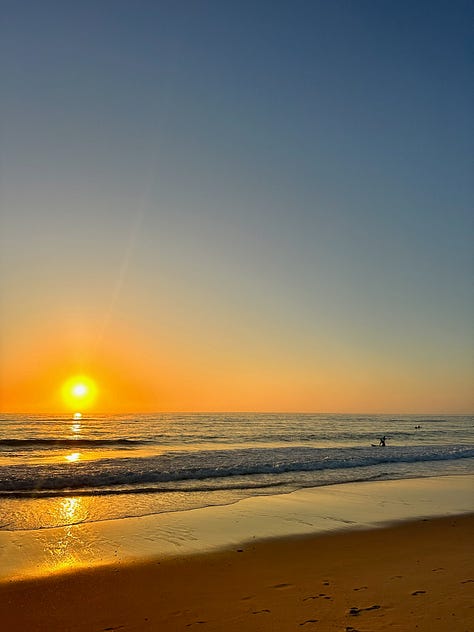
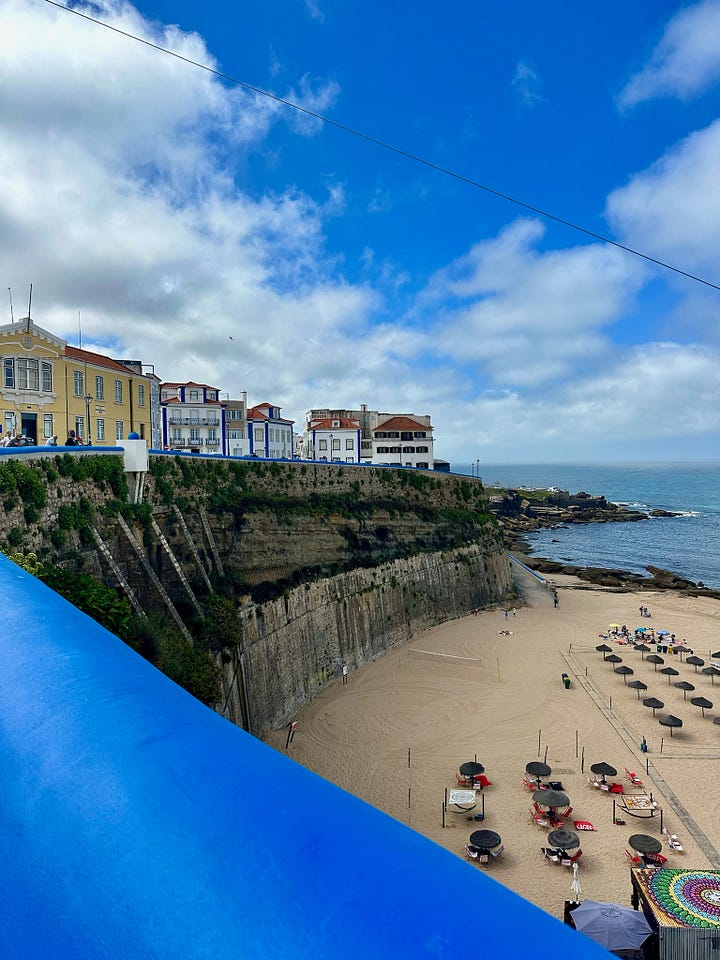
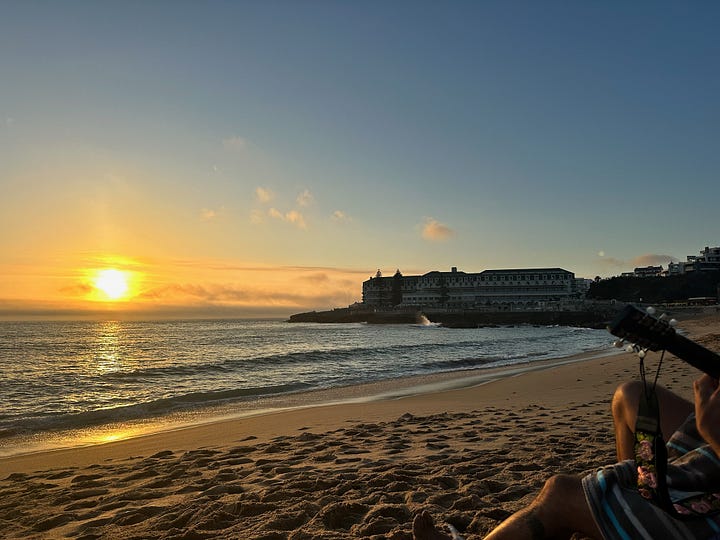
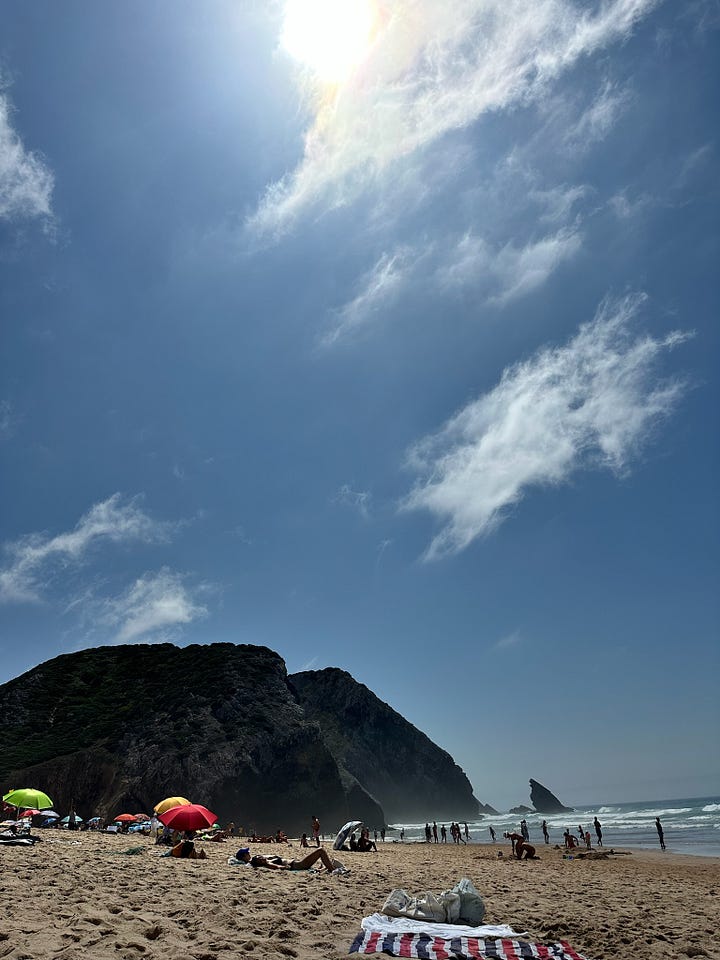
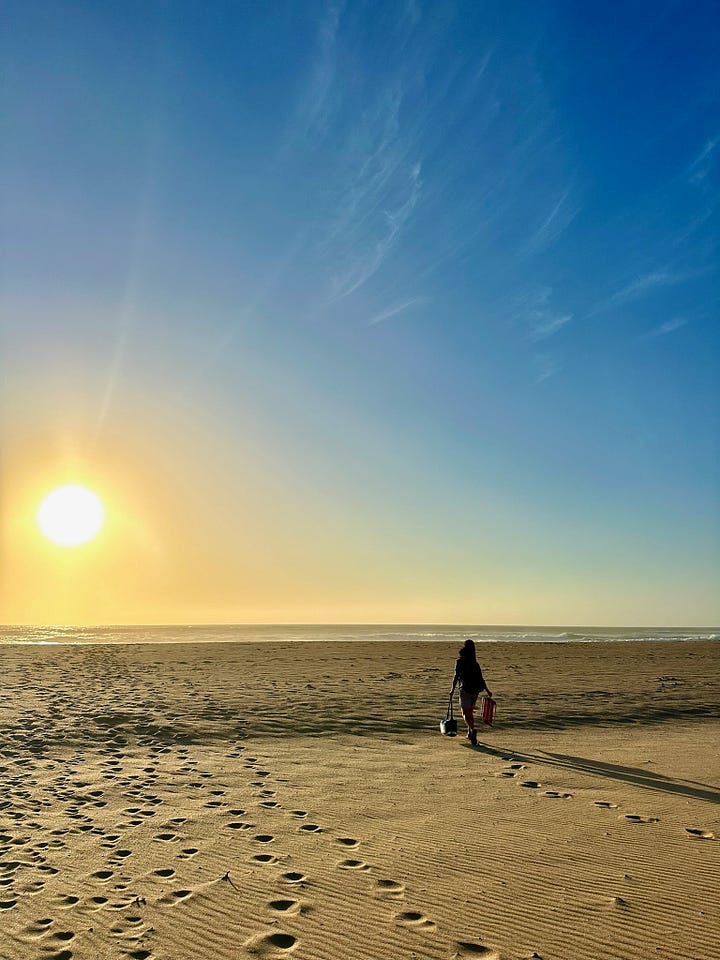
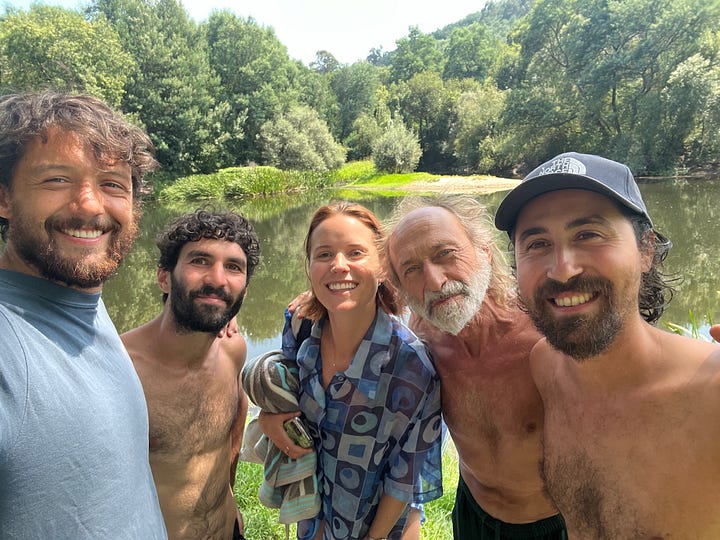
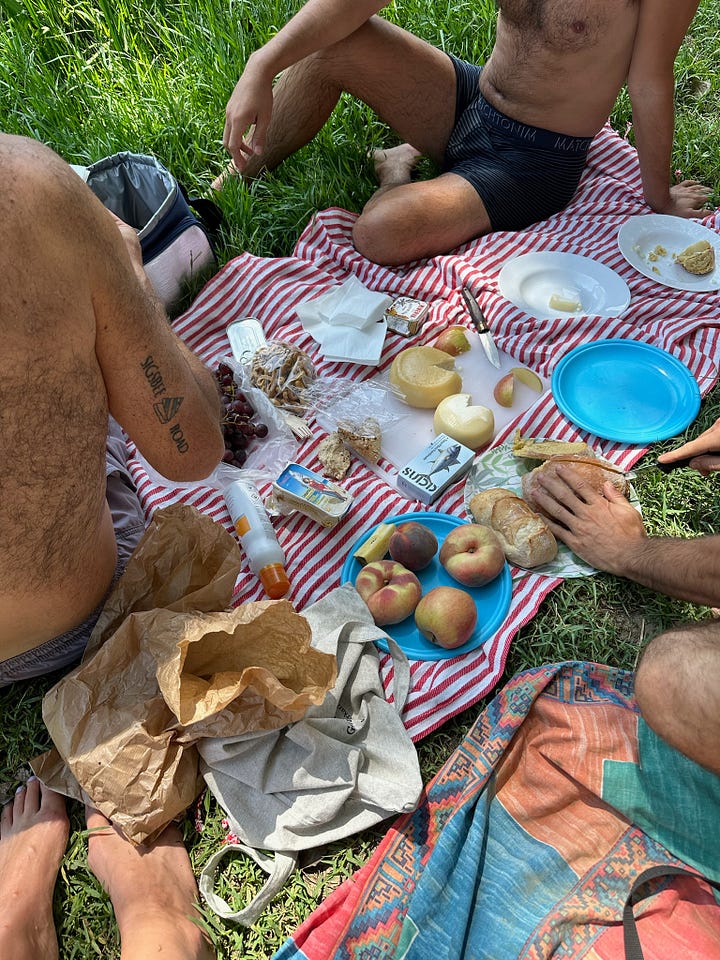

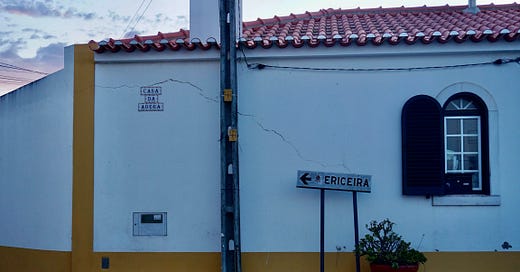



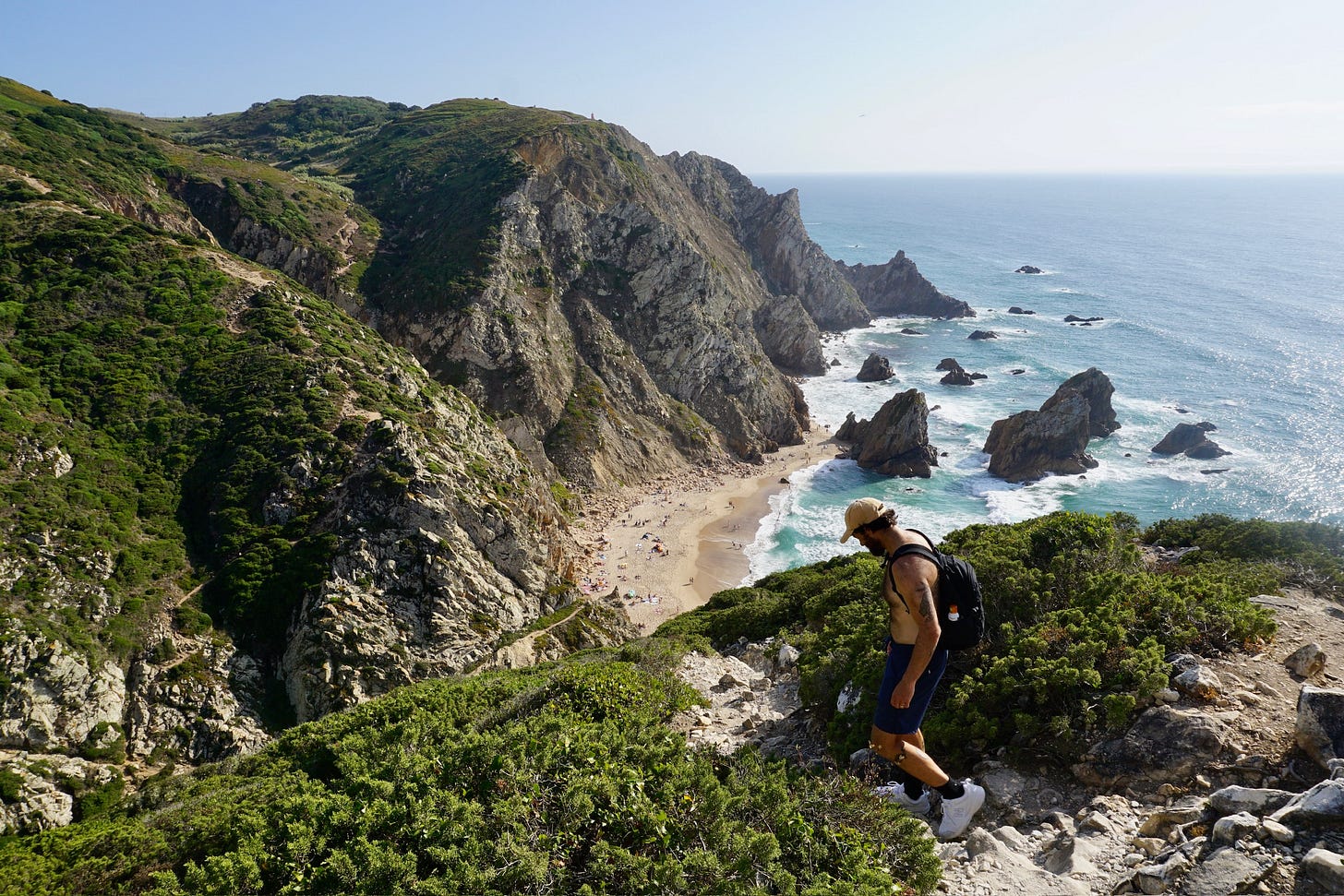
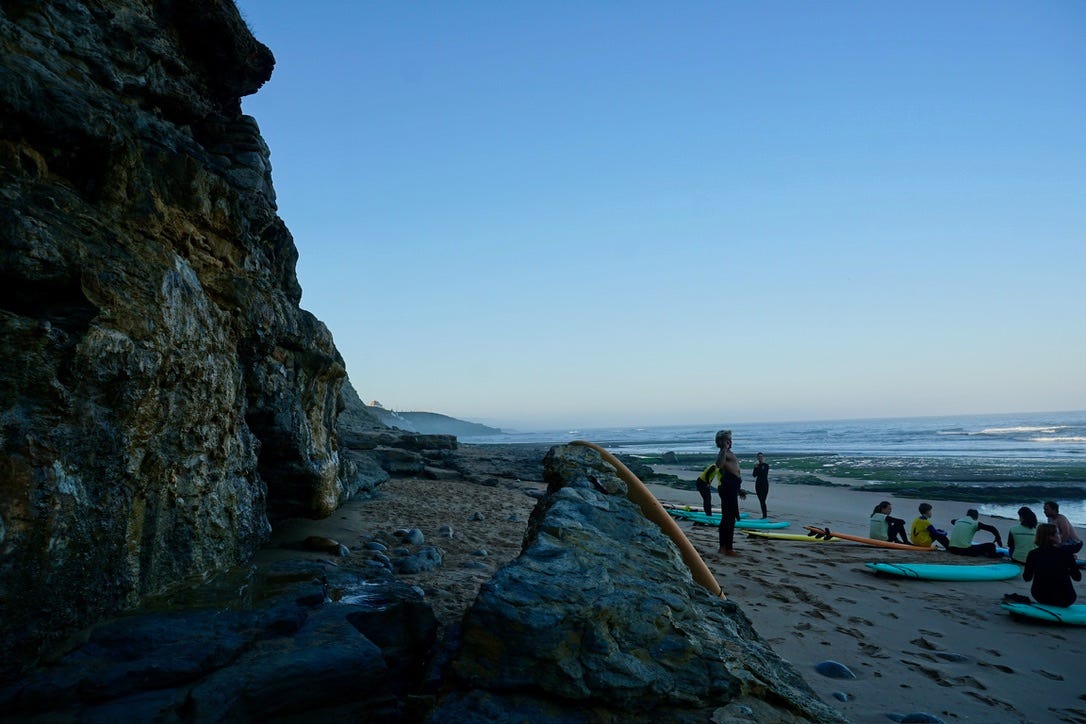

Wow - thank you!!! Such a vivid account of your time there. Fascinating to hear about the surfing adventures and your time with Ari and friends - love that sweet picture of the five of you. And the photos… insane. ❤️❤️❤️